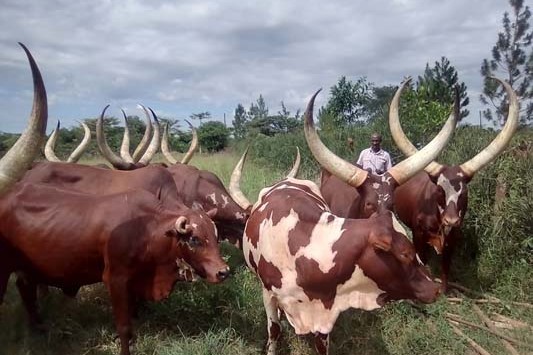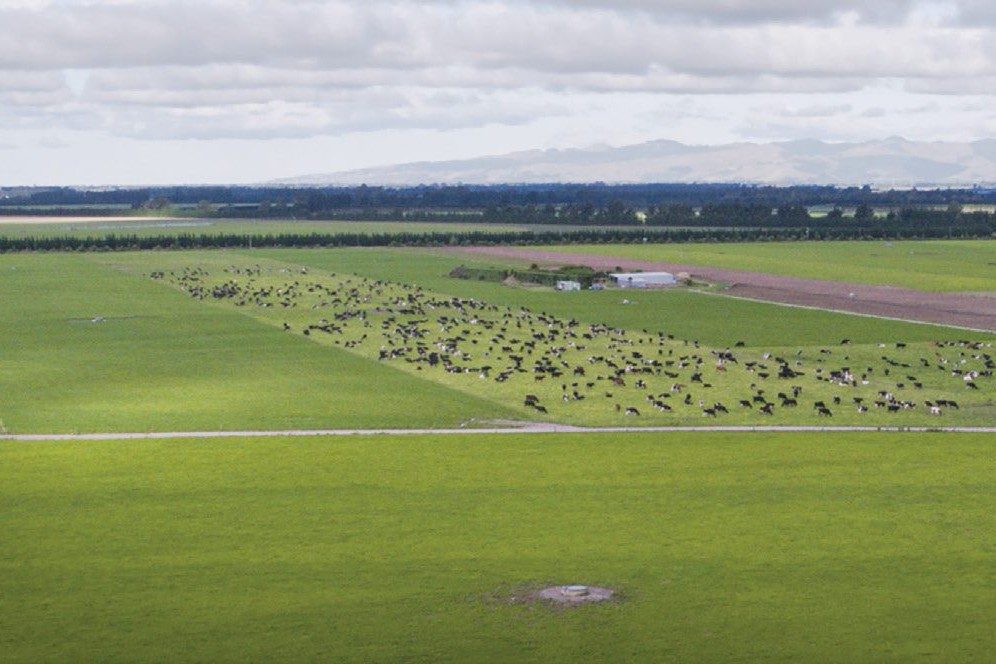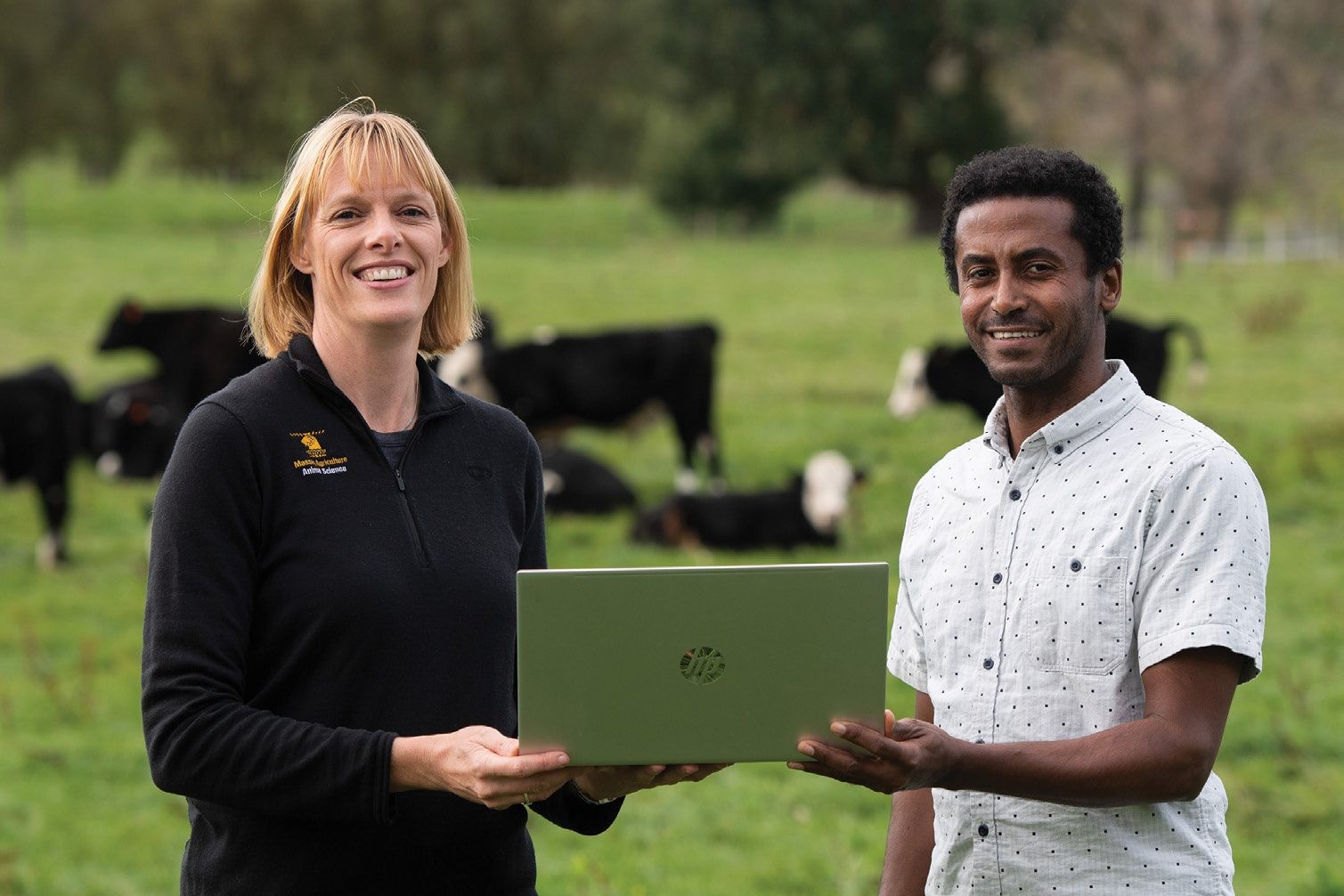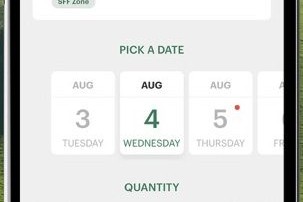By Karen Trebilcock
In their first offering of male sexed beef straws, LIC sold “just shy of 1000 straws” last breeding season, LIC genetics business manager Greg Hamill says.
The breeds, Angus, Simmental and Hereford, will be joined this season by Belgian Blue, Profit Maker and Charolais.
“Our overall beef sales continue to increase with a 10% gain in beef and non-replacement semen on last year and we should finish out the season by ticking over around 650,000 straws of alternative AB semen.”
Fresh short gestation length (SGL) Hereford made up 184,461 of the figure with the semen having a similar gestation length as conventional dairy.
“Premier Sires SGL Hereford is our most popular beef product with the popularity driven by you only pay for what you use as it’s fresh.
“Also farmers can capitalise on days in milk at the current milk price and a white face calf in the sales yard is still the most sought-after beef animal,” he said.
“But our biggest moving breed this year was Charolais with sales tripling.
“This was due to the consistent colour marking and with the Charolais bull that was being marketed doing very well in the LIC and Beef + Lamb New Zealand Genetics dairy beef progeny test scheme.”
The two joined forces in 2020 to improve the quality of dairy beef animals suitable for the dairy industry by identifying and enabling widespread use of superior bulls.
The aim is to offer genetics which are easy calving with shorter gestation lengths to dairy farmers, rapid growth for the finisher and superior carcase attributes for the processor.
Taranaki dairy farmer Aaron Waite used 80 frozen male sexed Hereford straws in the spring for the first time. Although he hasn’t scanned yet, he says so far the results seem up to expectations.
“Our empty rate looks to be about the same as usual.”
The sexed straws were used on the bottom 30% BW of his 540 Friesian cross cows for the first two weeks of AB.
“Anything that looked a bit Jersey we didn’t use it on. We’re wanting that black calf with a white face. That’s what the market pays for,” Aaron says.
To get around the slightly longer gestation period for the sexed Hereford, he started AB a week earlier for those animals.
“It will just bring the cows into calving in week one instead of week two.”
In the past he’s run his low BW cows in a separate herd with Hereford bulls during their five-week AB season.
“Using sexed male Hereford means we don’t have to do that plus we’re going to get a male calf. It’s probably more tweaking our breeding, not an overhaul of it.”
The Hereford cross calves will be sold through stock agents and Aaron says the figures stack up on paper financially.
“It’s well worth us doing it. We usually sell them as four-day old calves but, depending on how the season is going, it’s also worthwhile taking them through to 100kg weaned calves if we want to.”
While dairy beef fills the Trade Me website, with lifestyle farmers looking for attractive-looking and quiet animals, PGG Wrightson Southern South Island dairy livestock manager Mark Cuttance says there is also good demand from commercial beef rearers.
“Animals have got to be of good type so that’s well-marked, good conformation, well-boned and showing they have the ability to grow,” he says.
PGG Wrightson sells dairy beef animals from four-day old calves to weaned and heavier heifers and steers.
Demand is higher for 200kg animals rather than weaned 100kg animals.
“It suits some rearing operations to replace animals going to the works in the autumn with larger stock.”
Dairy beef cattle which are broken-coloured or have too much Jersey genetics are harder to sell.
“The Speckle Parks and Belgian Blue Friesian crosses that have come on to the market in the past two years have certainly sparked a lot of interest. And the Charolais as well.
“But a good white-faced calf, an Angus or a Hereford cross is still very saleable.”
However, beef calves still hold the premium.
“They’re the preferred animal. Rearers know they can finish them faster than a dairy beef calf.”
In the past two years the Friesian bull market has dropped, possibly increasing the number of bobby calves.
“Friesian bulls can be difficult to manage, especially as two-year-olds and we’re finding people are looking for easier options now.”
Still more bobbies
The number of bobby calves slaughtered at meat processors is continuing to climb with 1.891 million killed in 2021 compared with 1.882 million in the previous year, Stats NZ figures show.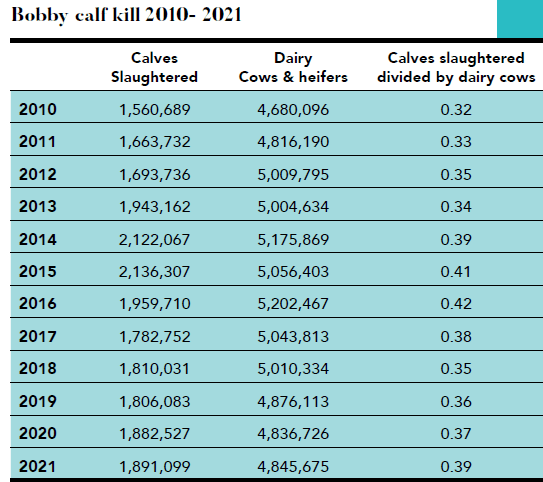
The bobby calf kill increased steadily for several years reaching 2.136 million in 2015, roughly matching the growing number of cows milking in the country.
However, for the following two years, when the payout dropped to near $4, it fell sharply to 1.782 million but since then has been steadily rising again, even though cow numbers are falling.
While between 2005 and 2014, about 35% of calves were bobbied (in 2010 it was 32%), since 2017 the figure has been closer to 37%.
The 2016/2017 bobby calf-kill fall also matched a historic low for the number of beef cattle farmed in the country coupled with high prices for export beef.
Since 2016, beef cattle numbers have risen 14% and at June last year numbered 4 million.



